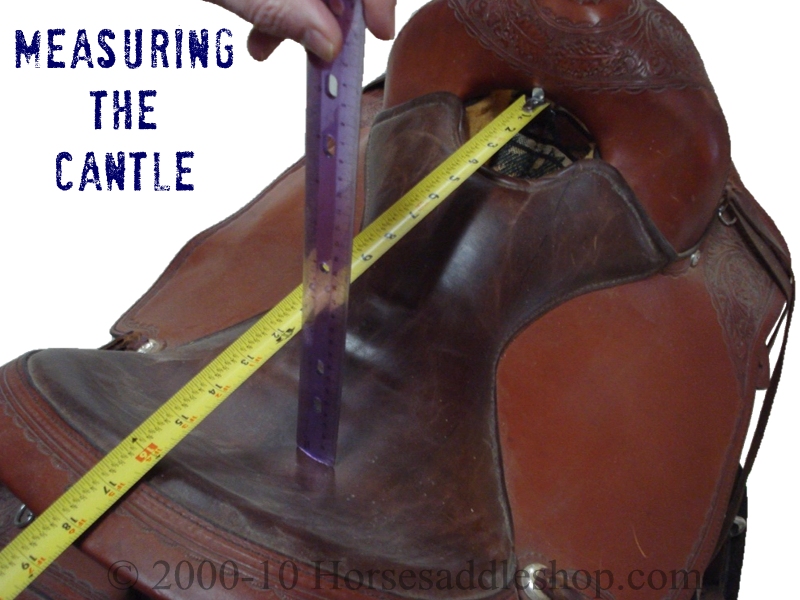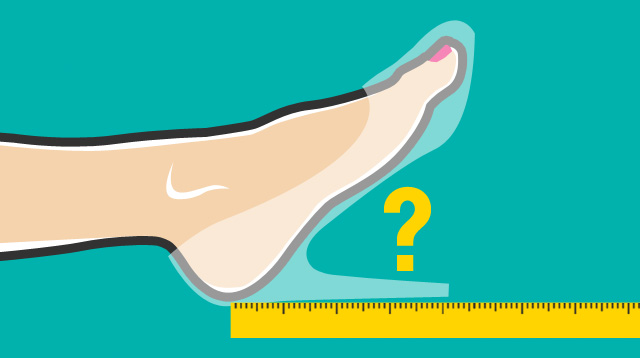


It is most accurate to measure height in meters and weight in kilograms. Height and weight must be measured to calculate BMI. A trained healthcare provider should perform appropriate health assessments in order to evaluate an individual’s health status and risks. 1Īt an individual level, BMI can be used as a screening tool but is not diagnostic of the body fatness or health of an individual. Weight that is lower than what is considered as healthy for a given height is described as underweight. Weight that is higher than what is considered as a healthy weight for a given height is described as overweight or obese. If your BMI is 30.0 or higher, it falls within the obese range.


If your BMI is less than 18.5, it falls within the underweight range.Or determine your BMI by finding your height and weight in this BMI Index Chart external icon. To calculate your BMI, see the BMI Calculator. A high BMI can indicate high body fatness, and a low BMI can indicate too low body fatness. How to Measure and Interpret Weight Status Adult Body Mass Index or BMIīMI is a person’s weight in kilograms divided by the square of height in meters. A trained healthcare provider should perform other health assessments to evaluate disease risk and diagnose disease status. However, BMI and waist circumference are not diagnostic tools for disease risks. Body Mass Index (BMI) and waist circumference are screening tools to estimate weight status in relation to potential disease risk. A high amount of body fat can lead to weight-related diseases and other health issues.


 0 kommentar(er)
0 kommentar(er)
